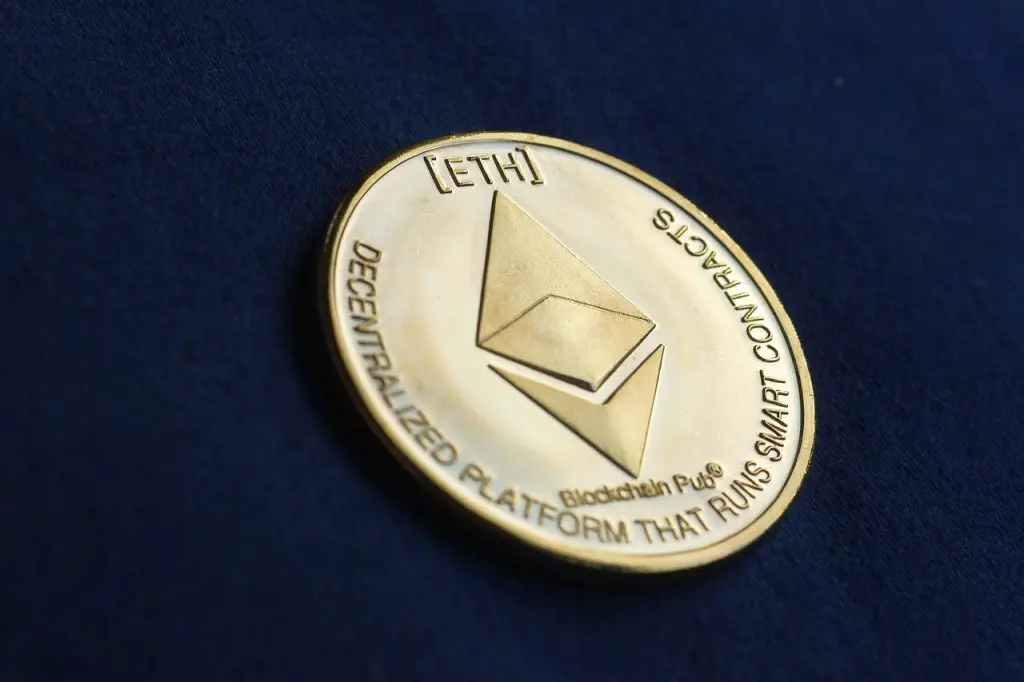Ether (ETH) is the native cryptocurrency of the Ethereum blockchain, the world’s second-largest cryptocurrency by market capitalization, after Bitcoin. Ethereum is a decentralized, open-source blockchain platform that enables developers to build and deploy smart contracts and decentralized applications (dApps). Since its launch in 2015, Ether has gained significant value, attracting the attention of investors, developers, and users. In this article, we will explore the factors that give Ether its value and examine its potential as a digital asset.
Utility within the Ethereum Ecosystem
One of the primary factors that give Ether its value is its utility within the Ethereum ecosystem. Ether is used as “gas” to power transactions, execute smart contracts, and deploy dApps on the Ethereum network. Gas fees are paid in Ether and are determined by the complexity of the transaction, the amount of data being processed, and the network’s congestion level. This intrinsic utility creates a consistent demand for Ether, contributing to its value.
Decentralized Finance (DeFi)
Decentralized finance (DeFi) has been one of the most significant drivers of Ether’s value in recent years. DeFi refers to a range of financial applications built on blockchain platforms like Ethereum, aiming to disintermediate traditional financial services and offer more accessible, transparent, and efficient solutions. DeFi applications include decentralized lending platforms, stablecoins, decentralized exchanges (DEXs), and yield farming, among others.
The majority of DeFi projects are built on the Ethereum blockchain, which has driven demand for Ether as users need it to interact with these applications. The growth of the DeFi ecosystem has led to increased network usage, higher transaction fees, and greater demand for Ether as a medium of exchange, collateral, and yield-generating asset.
Non-Fungible Tokens (NFTs)
Non-fungible tokens (NFTs) are unique digital assets that represent ownership of a particular item, such as artwork, collectibles, virtual real estate, or in-game items. NFTs have gained significant attention and traction in recent years, with many high-profile sales and celebrity endorsements. The majority of NFT projects and marketplaces are built on the Ethereum blockchain, and most NFT transactions require Ether as payment.
As the NFT market continues to grow, it drives demand for Ether to mint, buy, and sell these unique digital assets. This increased demand contributes to Ether’s value, further solidifying its position as a leading cryptocurrency.
Ethereum 2.0 and Staking
Ethereum 2.0 is an ongoing upgrade to the Ethereum blockchain that aims to improve its scalability, security, and sustainability by transitioning from a proof-of-work (PoW) consensus mechanism to a proof-of-stake (PoS) model. This transition will allow users to stake their Ether to participate in the network’s validation process, earning rewards for securing the blockchain.
The introduction of staking creates an incentive for users to hold and lock up their Ether, reducing the circulating supply and potentially increasing its value. Additionally, the Ethereum 2.0 upgrade aims to address the network’s high gas fees and congestion issues, which could further boost Ether’s value by attracting more users and developers to the platform.
Network Effects and Developer Activity
Ethereum has one of the largest and most active developer communities in the cryptocurrency space. The platform’s flexibility, smart contract functionality, and robust toolset have attracted a diverse range of developers, who have built thousands of dApps on the Ethereum blockchain. This strong developer ecosystem creates a network effect that drives demand for Ether, as more users and applications increase the utility and value of the platform.
Moreover, Ethereum’s developer community continually works on improvements and innovations, such as layer-2 scaling solutions, that aim to address the network’s limitations and enhance its capabilities. These ongoing developments contribute to Ether’s value by fostering confidence in the platform’s long-term potential and sustainability.
Institutional Interest and Adoption
Institutional interest in cryptocurrencies has grown significantly in recent years, with more traditional financial institutions and investors recognizing the potential of digital assets as an investment class. While Bitcoin has been the primary focus of institutional investment, Ether has also attracted attention due to its unique capabilities and the growth of the Ethereum ecosystem.
The increased demand from institutional investors can drive Ether’s value higher, as these investors typically have more significant capital resources and longer investment horizons. Furthermore, institutional adoption legitimizes Ether as a digital asset, attracting more users and developers to the platform.
Scarcity and Store of Value
Similar to Bitcoin, Ether’s value is partly derived from its scarcity. While Ether does not have a fixed supply cap like Bitcoin, the Ethereum Improvement Proposal (EIP) 1559 introduced a deflationary mechanism to the network. Under this proposal, a portion of the Ether used to pay transaction fees is burned, effectively reducing the overall supply of Ether.
This deflationary mechanism, coupled with the transition to Ethereum 2.0’s proof-of-stake model, which encourages long-term holding, can lead to a decrease in the available supply of Ether. As a result, Ether’s scarcity can contribute to its value, making it a potential store of value and digital asset for investors.
Market Perception and Speculation
Lastly, the value of Ether, like other cryptocurrencies, is influenced by market perception and speculation. Cryptocurrency markets can be highly volatile, with prices driven by factors such as news events, regulatory developments, and investor sentiment. Positive news, such as significant partnerships, technological advancements, or increased adoption, can drive Ether’s value higher, while negative news can have the opposite effect.
Speculation also plays a role in Ether’s value, as traders and investors seek to profit from price movements. While this can lead to short-term price fluctuations, it is essential to consider Ether’s underlying fundamentals and long-term potential when evaluating its value as a digital asset.
Conclusion
Ether’s value is derived from a combination of factors, including its utility within the Ethereum ecosystem, the growth of decentralized finance and non-fungible tokens, ongoing network improvements, institutional adoption, scarcity, and market perception. As the Ethereum platform continues to evolve and attract more users, developers, and investors, Ether’s value is likely to be influenced by its ability to maintain its position as a leading cryptocurrency and the backbone of a diverse and innovative ecosystem. While Ether’s value can be volatile and subject to speculation, its unique capabilities and the growth of the Ethereum network make it an intriguing digital asset for investors and users alike.






